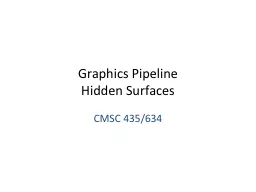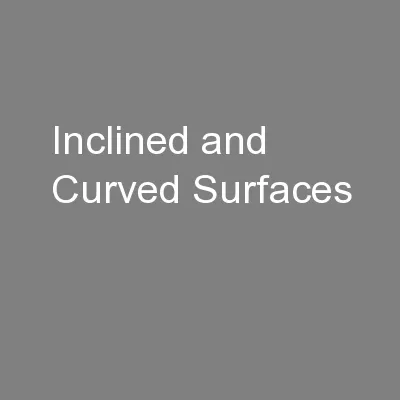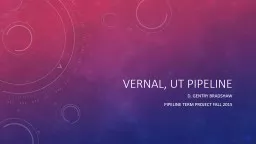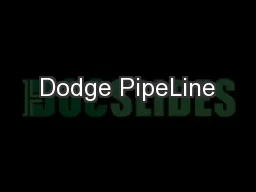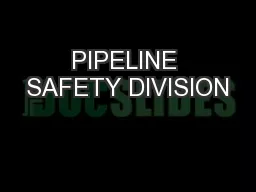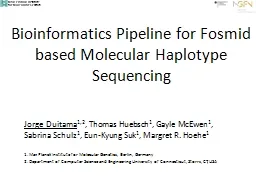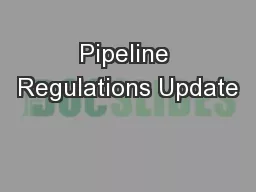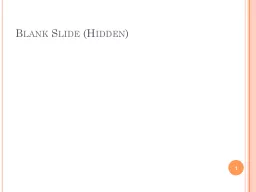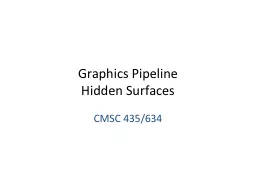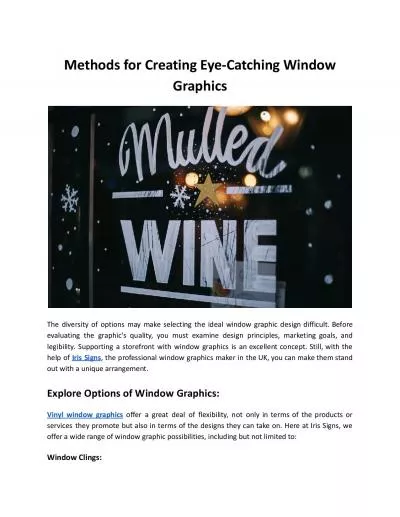PPT-Graphics Pipeline Hidden Surfaces
Author : lois-ondreau | Published Date : 2020-01-04
Graphics Pipeline Hidden Surfaces CMSC 435634 Visibility We can convert simple primitives to pixels Which primitives or parts of primitives should be visible Backface
Presentation Embed Code
Download Presentation
Download Presentation The PPT/PDF document "Graphics Pipeline Hidden Surfaces" is the property of its rightful owner. Permission is granted to download and print the materials on this website for personal, non-commercial use only, and to display it on your personal computer provided you do not modify the materials and that you retain all copyright notices contained in the materials. By downloading content from our website, you accept the terms of this agreement.
Graphics Pipeline Hidden Surfaces: Transcript
Download Rules Of Document
"Graphics Pipeline Hidden Surfaces"The content belongs to its owner. You may download and print it for personal use, without modification, and keep all copyright notices. By downloading, you agree to these terms.
Related Documents

